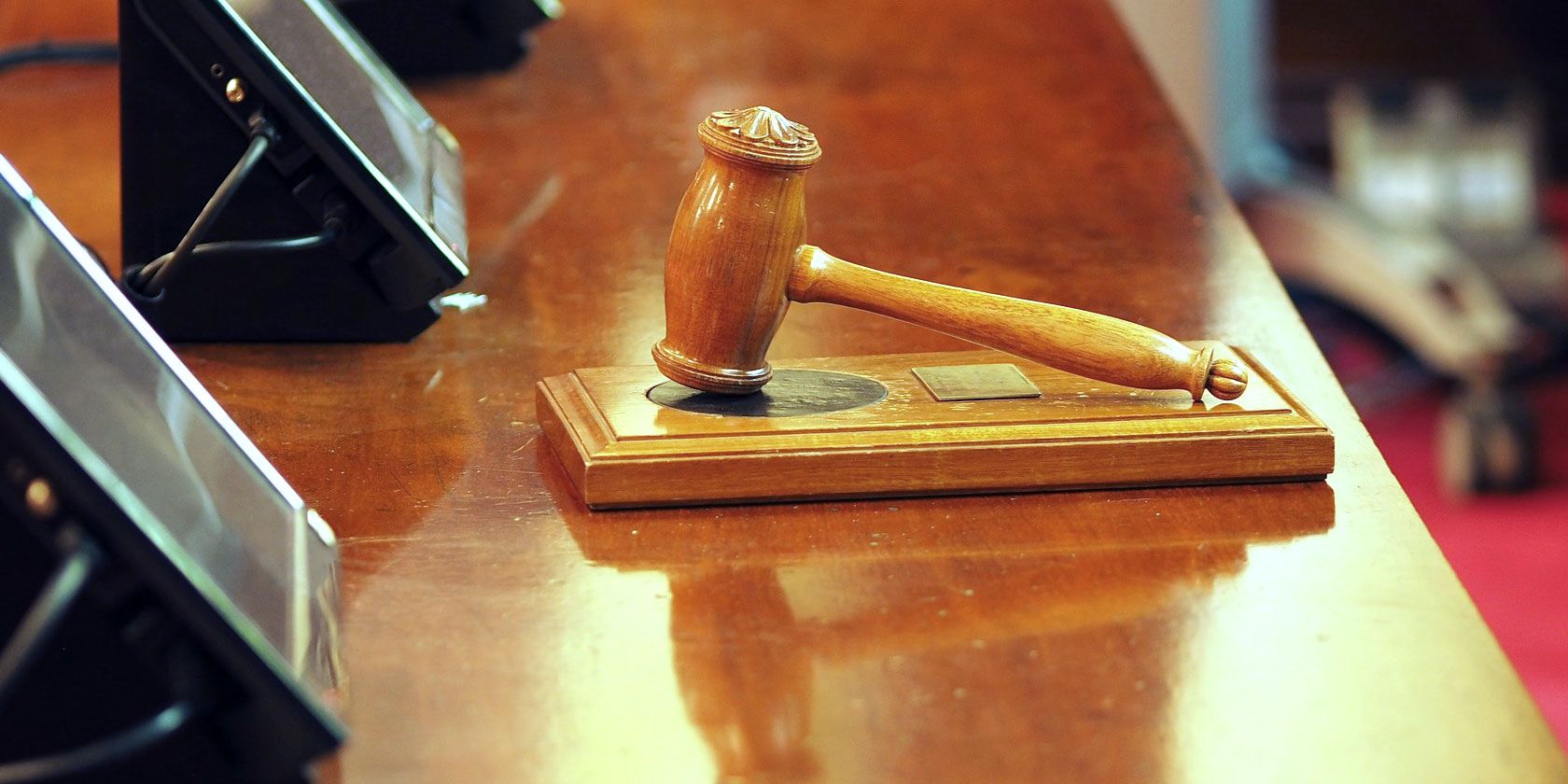Copyright infringement is one of the biggest problems of the internet age. Never before has it been easier to infringe on intellectual property rights, and never before has it been harder to prevent others from stealing one's hard work.
As a creator, you need to protect your intellectual property: photographers should copyright photos and images, software developers should use proper software licenses, bloggers should issue DMCA takedown notices, etc. But that can be quite a headache, especially if you're prolific and your work is popular.
Which is why many creators are adopting copyleft instead. Here's everything you need to know about copyleft licenses and how they differ from copyright licenses.
1. Copyleft Is About User Freedom
To understand copyleft, we have to understand copyright.
A copyright is a legal right bestowed upon creators of original works to dictate how those works can or cannot be copied, modified, and distributed by others. If someone uses or distributes an original work in a way that's contrary to what its creator allows ("infringement"), the creator is entitled to seek legal action.
The main idea behind copyright is that creators restrict what others can or cannot do with their works and must grant individual permission to do otherwise.
Copyleft licenses exist within the legal structure of copyrights. Despite what the name implies, copyleft isn't about abolishing copyrights. Rather, copyleft licenses are a subset of copyright licenses, and the goal is to restore freedom to users.
The core concept of copyleft is that users should have the right to freely use, copy, modify, and distribute works however they want, with one crucial clause: all derivative works must offer the same freedoms to users.
Note that copyleft infringement is possible! Failing to abide by the rules of a given copyleft license (e.g. GNU General Public License) is grounds for legal action, evidenced by when the Software Freedom Law Center won a lawsuit in 2010.
2. Copyleft Is More Than Just Permission
A copyleft license isn't the same thing as a permissive license, which grants users the freedom to do ANYTHING they want. Copyleft licenses still impose some demands.
The most notable aspect of copyleft licenses is that they require users to distribute derivative works under a license that offers the same rights as the original work.
Suppose a photographer releases a copyleft photo for anyone to use. As a user, you're within rights to download that photo, modify it however you want, and then distribute it however you want to whoever you want---but you'd also have to permit anyone else to modify and distribute your work however they want.
This is called a "share-alike" clause.
This is why copyleft isn't the same as public domain. And in the realm of software, it's why BSD and MIT licenses don't count as copyleft licenses.
Public domain means that nobody owns rights to a particular work and anybody is free to do whatever they want with it. You can take a public domain image, modify it, and then sell it under your own restrictive license. You can take MIT-licensed source code, modify it, and release it under a stricter license.
Copyleft doesn't just allow freedom; it requires freedom. Such licenses ensure that copyleft freedoms remain even in derivative works.
3. Copyleft Isn't Always Free
To reiterate, a copyleft license is defined by two main aspects:
- The freedom for users to modify and distribute derivative works
- The "share-alike" clause that maintains freedom in derivative works
There's nothing that requires copyleft works to be made freely available at no price.
In other words, you might not be able to acquire a certain copyleft work without first paying for it. But once you do pay for it, you're free to modify and distribute as long as you maintain the same copyleft freedoms in the derived work.
Red Hat Enterprise Linux is a good practical example of this.
The Linux kernel is licensed under the GNU General Public License (GPL), which is a copyleft license. Red Hat Enterprise Linux (RHEL) is a commercial operating system built on a modified Linux kernel. The desktop version of RHEL is sold for $49, but to abide by the GPL, the RHEL source code is included in the purchase.
RHEL users are free to modify and redistribute the source code, which is how the free RHEL-clone operating system called CentOS came about. However, users aren't allowed to resell RHEL itself because RHEL is protected by a trademark.
On the other hand, commercial restrictions are permitted.
The Creative Commons organization offers two copyleft licenses that creators can use when distributing their works.
The first is the Creative Commons Attribution-ShareAlike license (CC BY-SA), which allows modification and redistribution as long as the original creator is attributed and the derived work is adheres to the "share-alike" clause.
The second is the Creative Commons Attribution-NonCommercial-ShareAlike license (CC BY-NC-SA), which is the same thing except it prohibits using the work or any derivative works for commercial purposes.
In short, copyleft doesn't restrict or enforce commercial or non-commercial use. Learn more in our explanation of Creative Commons licenses.
Is Copyleft Right for You?
At the end of the day, copyleft is a philosophy.
It's harder to make money when you commit to copyleft licensing. Even if you do end up making money, you'll likely end up making significantly less than if you played by traditional rules of copyright. The only reason to endure such disadvantages is if you truly believe in the copyleft mission: freedom for users.
In this sense, there's a lot of overlap between copyleft creators and open-source software developers, but remember that copyleft applies to more than just software. If you're still confused, we recommend these websites that explain copyright well.

